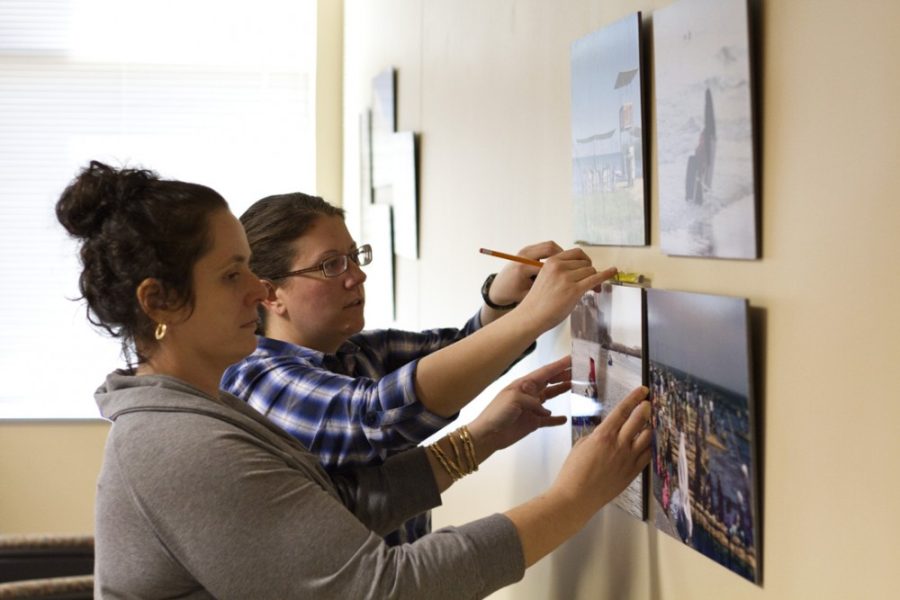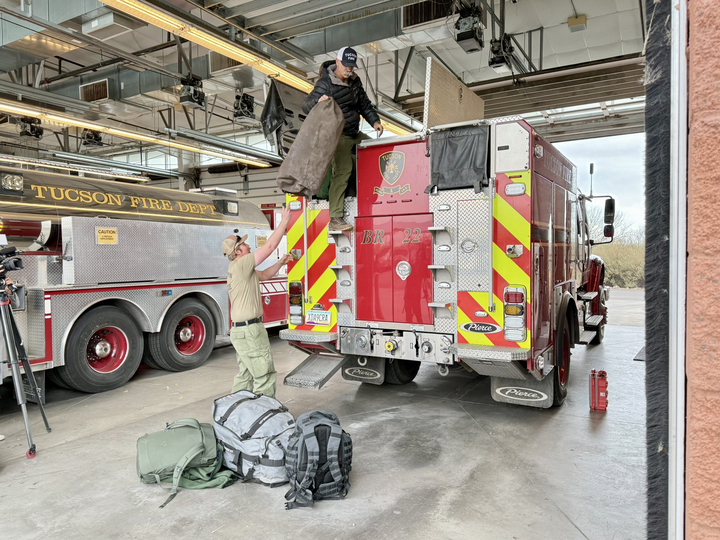A snow-covered mountain, a man shaping clay and a tea party aren’t the typical images associated with the Middle East. The UA’s Center for Middle Eastern Studies will be showcasing its best photographs representing “Labor and Leisure” in the region during the 24th annual photography exhibit reception.
“We want to draw in photos that we think can offer people a few different perspective on the region,” said Christian Sinclair, UA assistant director of the CMES and director of the Kurdish Language and Culture Studies summer program. “Not just typical or stereotypical images of camels, spice markets, pyramids and those things.”
Lisa Adeli, CMES outreach coordinator, originated this year’s idea of “work and play” as a way to tell a different story about the Middle East.
“It’s not all about politics and religion,” Adeli said.
Sinclair said that Adeli and three other CMES members refined the theme and its description before sending out details requesting photos from more than 800 people via email in April or May.
Fifty photos from 25 different photographers were selected out of nearly 350 submissions.
The photographers are just as diverse as the locations. UA students, faculty, Tucson teachers, community members, Middle Eastern locals and various other travelers to the region submitted their photos from Afghanistan, Iraq, Israel, Palestine, Oman, Jordan, Turkey and Yemen, to name a few.
Adeli has worked at CMES for eight years and submitted photos to the exhibit for the past four.
Sinclair has had a photo chosen for the exhibit for the past seven years. His photo this year is of children playing with the snow on a mountain in a Kurdish village.
“Photos like these illustrate a hidden side of the region that you don’t see unless you actually go there,” Sinclair said.
Hannah Gaber, a graduate student studying Middle Eastern studies and journalism with a Judaic studies graduate certificate, said she submitted five to 10 photos after reading about the opportunity in the MES newsletter.
She had three photos selected this year from her travels to Oman and Dubai, United Arab Emirates, during the 2013-2014 winter with the Journalism study abroad program.
“We were trekking through Oman, doing a tour to get a feel for their culture and history,” Gaber said. She noticed a clay workshop where she photographed a man shaping clay pottery, which was selected for the exhibit.
He did everything from digging the clay out of the ground to separating and adding to it, Gaber explained.
“This is a method that has been used in Oman that can’t be dated, but easily since the 17th century when they became a independent nation,” Gaber added.
Briana Sanchez, a journalism senior, was abroad in Jordan with a different UA program.
Sanchez admitted knowing close to nothing about the Middle East before taking a year of Arabic at the UA her junior year so she could qualify for the study abroad program called “Arizona in Jordan” with seven other UA students.
“I didn’t carry my camera around a lot because I wanted to live in the moment,” Sanchez said.
She submitted about 10 photos but only one was chosen.
“We were walking through supermarkets and our friends said, ‘These guys invited us to their little shop to have tea with them and they told us to bring friends,’” Sanchez said.
She and five friends sat down for tea and a casual conversation in Arabic before she said she captured the moment using her iPhone camera.
“They do the same things we do,” Sinclair said. “It’s not just terrorists on a bus or camels or donkeys smuggling drugs across the border.”
The photos are available for purchase and, after the reception, will be moved to the halls of the CMES until December 2015.
— Editor’s note: Briana Sanchez is a Daily Wildcat employee.
_______________
Follow David McGlothlin on Twitter.









